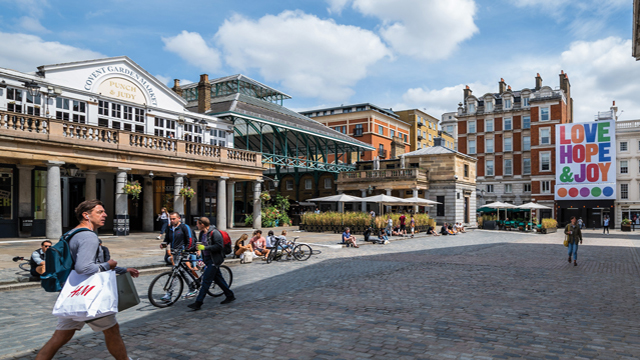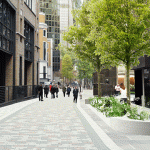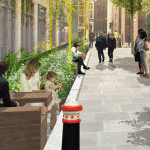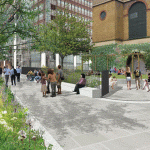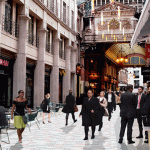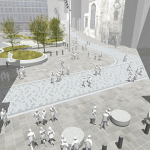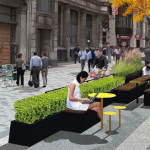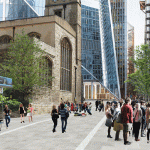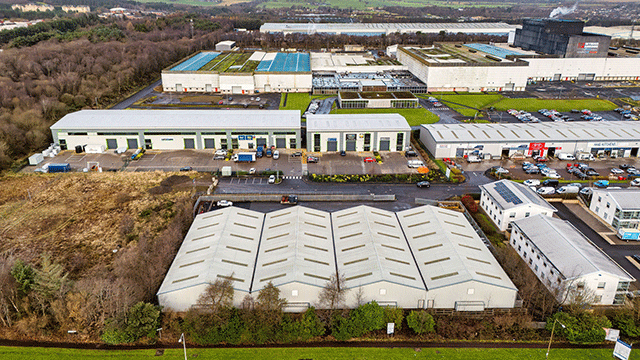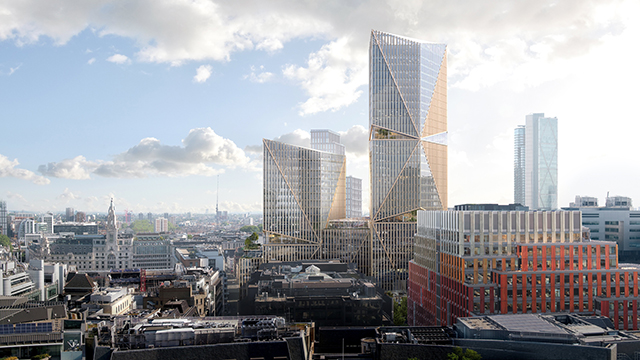Dan Scanlon, vice president of the City Property Association and vice president of development at Brookfield said, speaking at the latest CPA seminar, said: “If it’s not done properly, you end up with something like Oxford Street’s pedestrianisation plan. People thought there was a big push for that type of thing and then all of a sudden it’s pulled.
“You’ve spent a lot of time and effort getting to a place, but actually haven’t been able to bring all the stakeholders on board.
“There are very few opportunities like this to make a transformational change to the City environment. The City is a constant building site, constantly evolving, and there needs to be some radical ideas to improve public users’ feeling for the City.”
The City of London has started a public consultation on plans to improve the public realm in the eastern cluster in order to maintain the area’s competitiveness with other parts of London and other global cities, and deal with the increase in pedestrians resulting from the arrival of Crossrail and from ongoing development.
It is expected that by 2026, 20,000 more people will be using Liverpool Street station per day compared with today, and more than 3,000 people per hour will be using Bishopsgate. A 50% increase in the development floorplate from the current level is also expected.
To combat all these challenges, the City of London is proposing timed vehicle closures for roads such as Whittington Avenue, which leads into Leadenhall Market, Leadenhall Street and St Mary Axe, and the enhancement of green spaces such as Jubilee Gardens.
However, Scanlon said that the City needed to think “longer term” about public transport and the behaviour of commuters to see if something more “dynamic” could be achieved, particularly along roads such as Bishopsgate.
“People want to see permanent change,” he added.
To send feedback, e-mail Louise.Dransfield@egi.co.uk or tweet @DransfieldL or @estatesgazette






